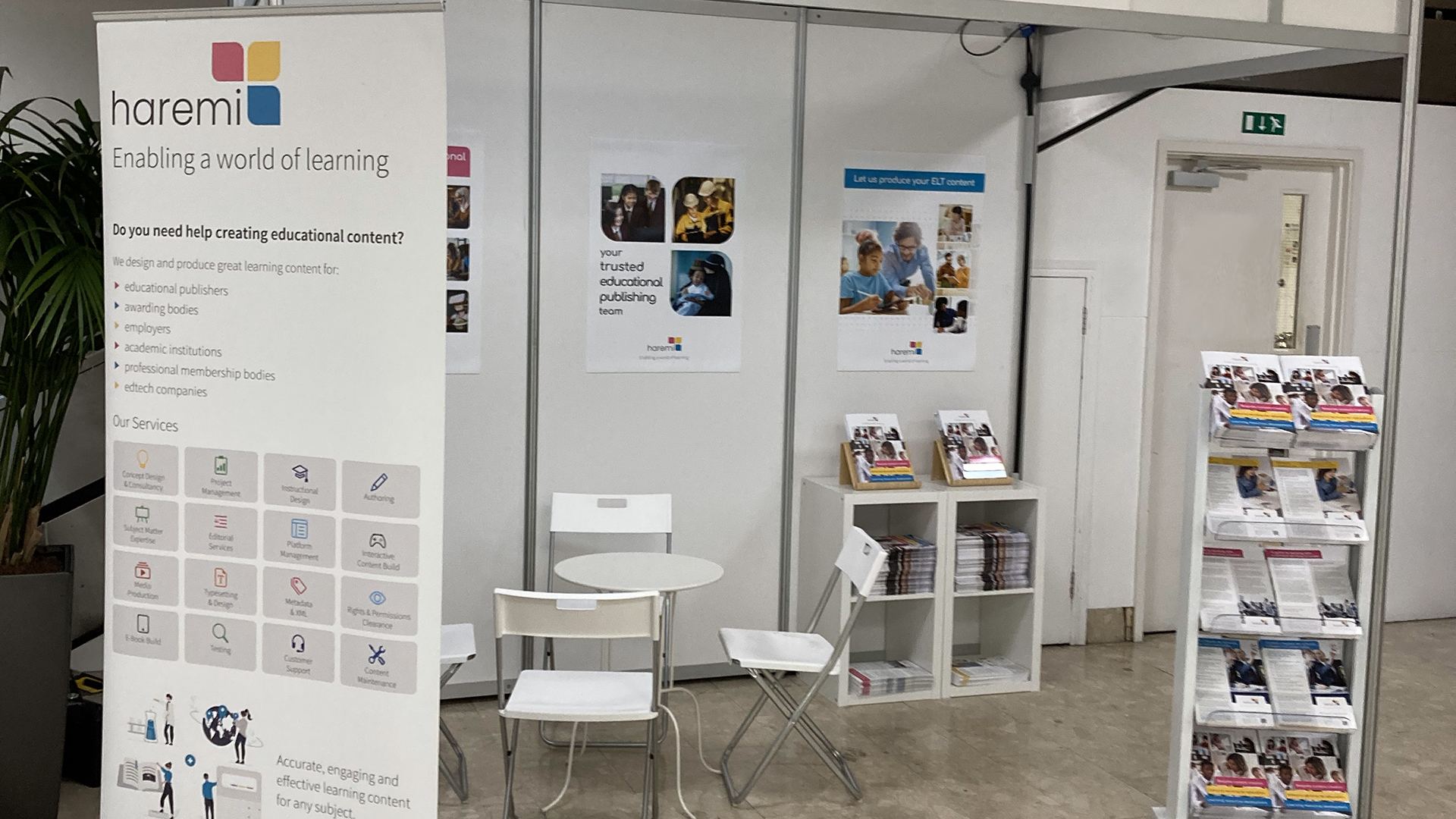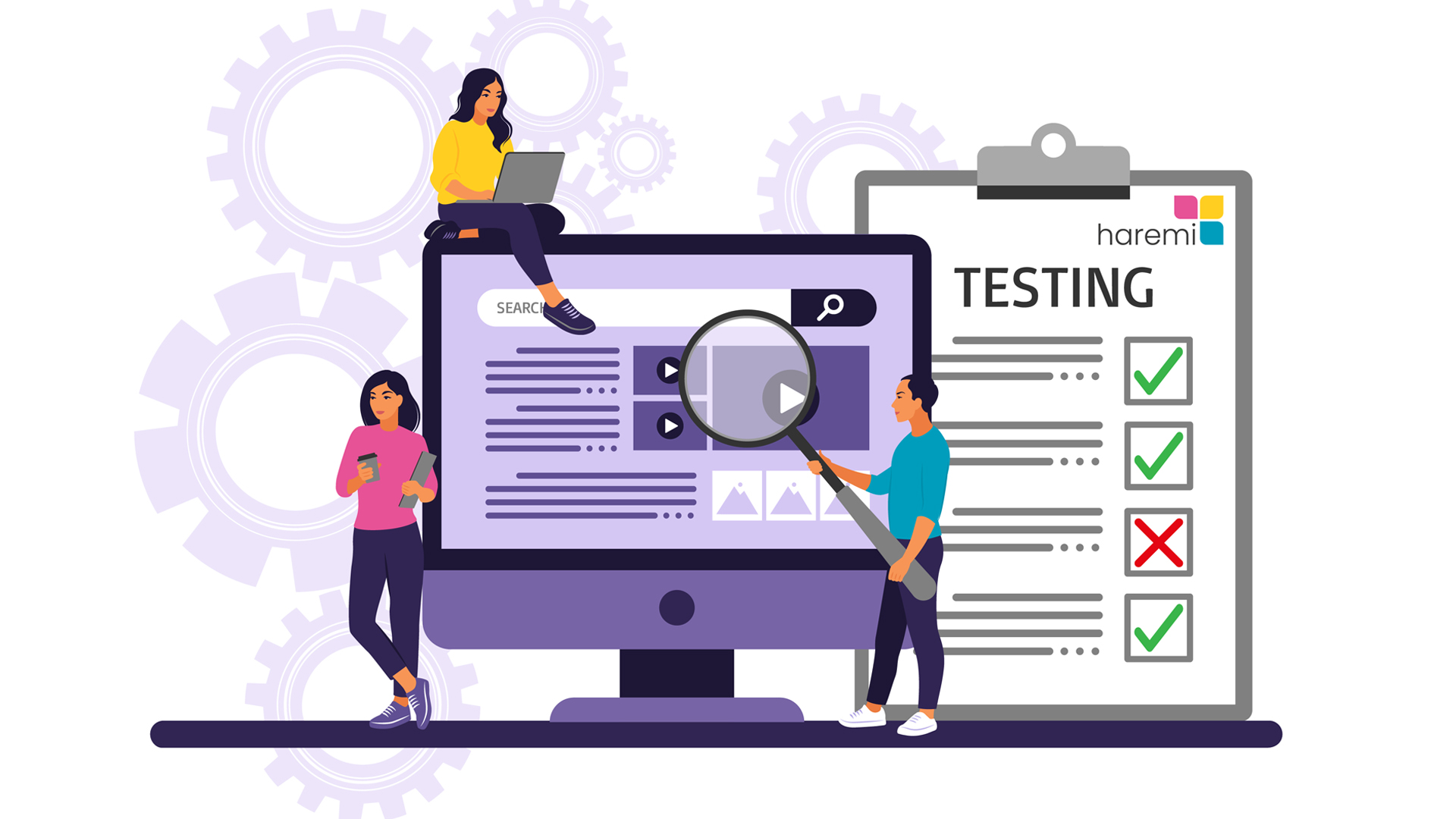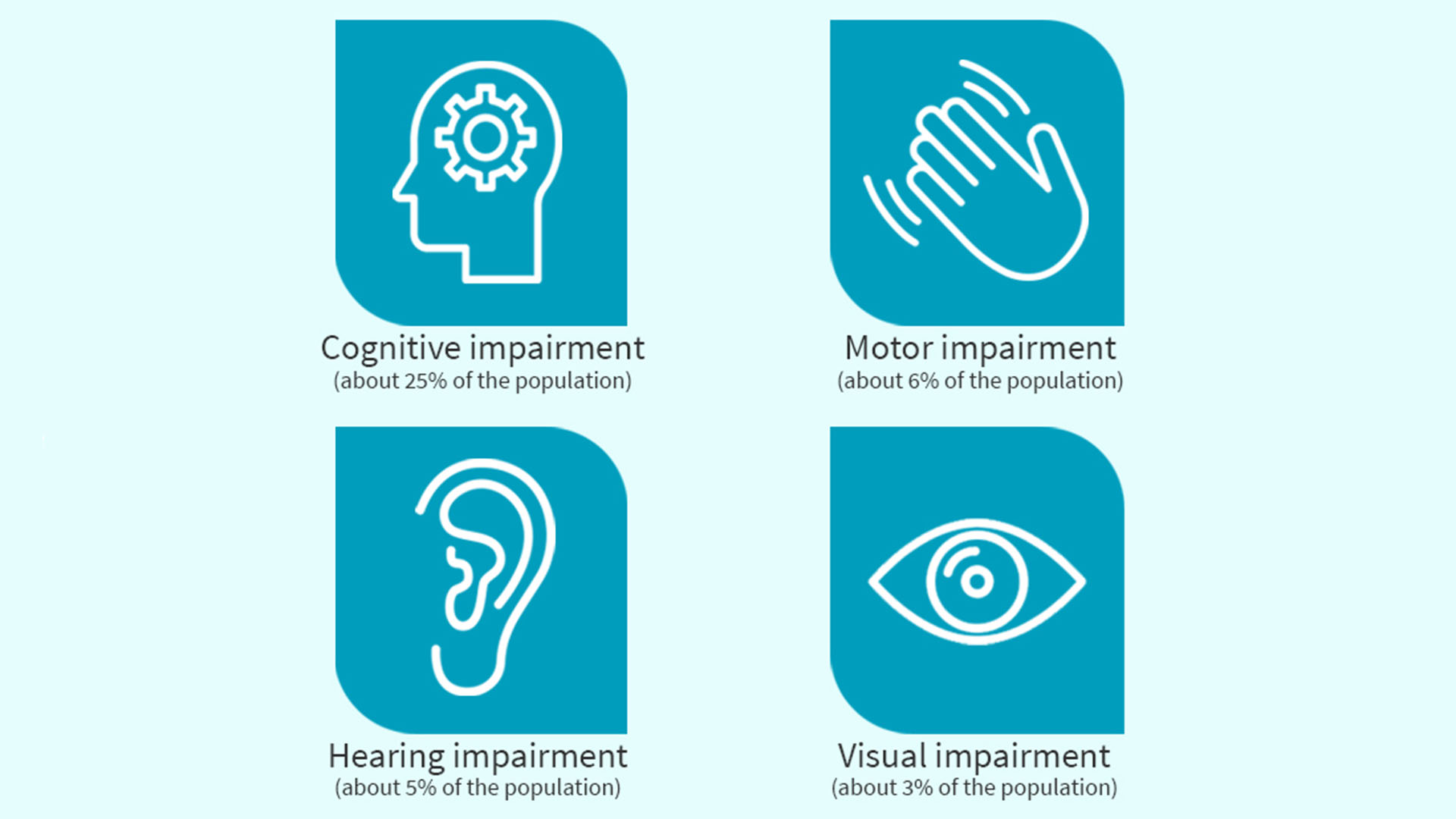
Designing for success: Key principles of instructional design in the digital age
At Haremi, we see instructional design as the art of creating engaging educational experiences. Many customers we meet are seeking innovative ways to engage students and facilitate meaningful learning experiences beyond traditional classroom settings. In this article, we share some key principles of successful instructional design based on our experience of successfully delivering a wide range of learning design projects.
Understand your audience
We've found that a deep understanding of the end learner – and their specific needs – is central to effective instructional design. Before embarking on the design process, Haremi's learning designers analyse the target audience's needs and preferences. These insights help create personalised learning experiences that resonate with students, fostering engagement and enhancing comprehension. By placing the learner at the heart of the design process, educators can build a strong foundation for impactful digital learning.
Clear learning outcomes
We also think clarity is essential when designing digital learning products. Learning designers should define clear and measurable learning objectives that outline what students should be able to achieve after completing the module or course. We see these objectives serving as signposts, shaping the content, activities, and assessments throughout the design process. Well-defined learning objectives also allow educators to assess the effectiveness of the learning product and make necessary improvements.
Interactive and multimedia elements
Many digital learning projects we've worked on offer the advantage of interactivity and multimedia integration. Elements such as videos, simulations, quizzes, and interactive/scenario-based activities improve the learning experience by catering to different learners and enhancing engagement. We've found these elements can be particularly effective in breaking down complex concepts, to help improve understanding and retention among students.
Scaffolded learning progression
Our perspective is that effective instructional design follows a scaffolded approach, where concepts are introduced gradually, and complexity increases as students progress. This approach prevents learners becoming overwhelmed and allows them to build a basic understanding before tackling more advanced topics. Learning designers must carefully structure content, providing ample opportunities for practice and reinforcement along the way, while avoiding cognitive overload. At Haremi, we can design digital learning materials to suit a wide range of different teaching methods used for classroom on online instruction.
Incorporate real-world content
Content that is linked to real-life scenarios helps bridge the gap between theory and practice. When learners can see the relevance of what they're learning, they are more likely to internalise and apply the knowledge. We've incorporated case studies, simulations, and problem-based tasks in many of our recent learning design projects, to help increase the practicality of the learning content.
Assessment and feedback mechanisms
Assessment is an integral part of the learning process, and digital learning products should incorporate varied assessment methods. These assessments not only gauge students' understanding but also provide opportunities for them to apply their knowledge. Constructive feedback is equally crucial, offering insights into strengths and areas for improvement. Our experience is that thoughtfully designed assessments and feedback mechanisms contribute to a holistic learning experience.
Support self-paced or asynchronous learning
One of the main benefits of digital learning is the ability to cater to individual learning speeds. While it's great to introduce deadlines for certain tasks to instil discipline, it's a good idea to allow learners the flexibility to revisit sections they find challenging or skip over material they're already familiar with. Many of our clients report that personalised learner journeys have helped increase user satisfaction and outcomes.
Accessibility and inclusivity
Our belief is that digital learning should be accessible to all learners, regardless of their abilities or backgrounds. Learning designers should prioritise accessibility by adhering to web content accessibility guidelines (WCAG) and ensuring that content can be navigated and understood by individuals with neurodiverse needs. This need is reinforced by the European Accessibility Act to be implemented in June 2025. The act establishes common rules on accessibility for products and services sold in the EU, so people with disabilities face fewer barriers when accessing education. At Haremi, we embed inclusive design principles in everything we do, to enable and draw on the full range of human diversity. We try to recognise exclusion throughout our daily work on learning projects and then find ways to make learning content universally accessible.
Balance consistency with variety
While it's important to maintain a consistent design in terms of navigation, layout, and tone, it's equally important to introduce variety in terms of content delivery, by including different media like videos, animations, infographics, and quizzes. Not only does this help keep learners engaged but it also increases knowledge retention.
We believe that creating effective digital learning products requires a strategic and learner-centered approach. By ensuring that our instructional design projects follow the key principles outlined above, we're able to create exceptional educational experiences that engage and empower students. If you'd like to find out more about our learning design services, or specific ways we can help you, please contact us for more information.























